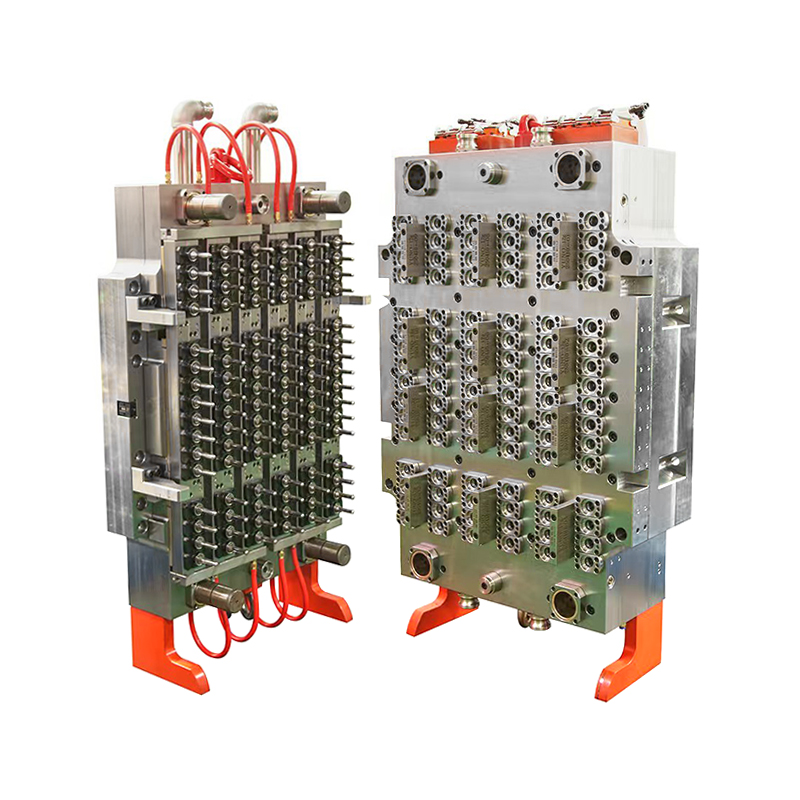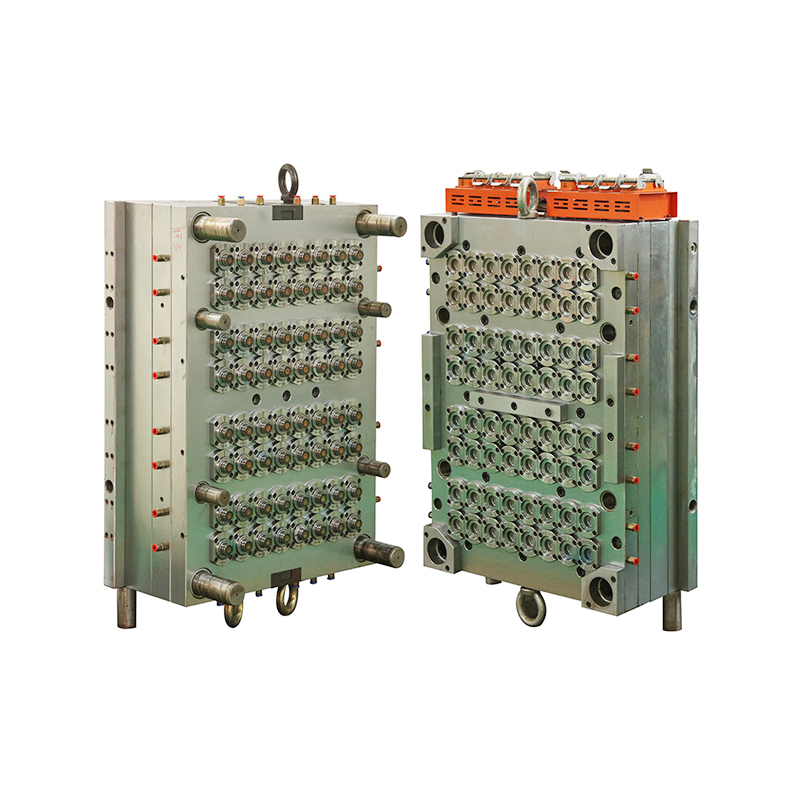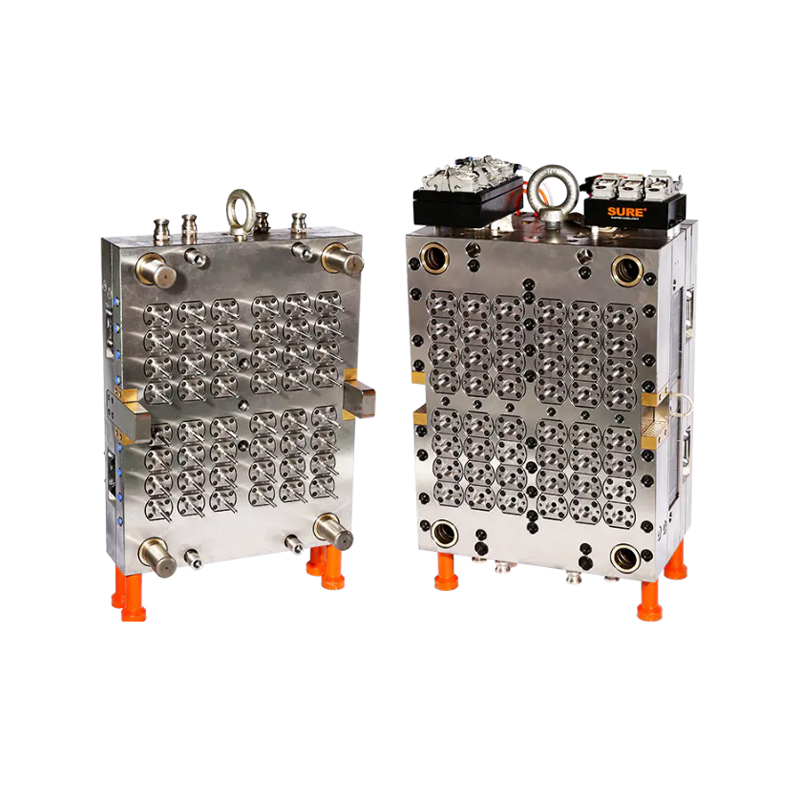No.148 Yongda Road, Jiangkou Street, Huangyan, Taizhou, Zhejiang, China.
In the fast-paced world of packaging manufacturing, efficiency and consistency are paramount. For producers aiming to satisfy the demands of large-scale beverage, food, and consumer goods industries, having the right tooling can make all the difference. The 96-Cavity PET Preform Mold stands out as a powerful enabler of high-volume production, combining robust construction with innovative design to support the relentless pace of modern manufacturing.
Unrivaled Production Capacity
One of the compelling advantages of the 96-cavity mold is its ability to produce a substantial number of PET preforms in a single injection molding cycle. By housing 96 individual cavities, the mold significantly increases output compared to lower-cavity counterparts, effectively multiplying the volume of preforms produced per hour.
This increased capacity allows manufacturers to meet tight production schedules, reduce bottlenecks, and scale operations efficiently. Whether supplying major beverage brands or producing packaging for mass-market consumer goods, the mold’s high throughput directly supports commercial success.
Robust Construction for Consistent Performance
Durability is critical in high-cavity molds, and the 96-cavity PET Preform Mold is built with longevity in mind. Constructed from stainless steel, it resists corrosion and withstands the chemical exposures common in PET injection molding environments. This material choice ensures the mold maintains its precise tolerances and surface finish even after thousands of cycles.
Such resilience minimizes the risk of wear-related defects and helps reduce maintenance frequency and costs. Manufacturers benefit from extended mold life, lower downtime, and sustained production quality—key factors in maintaining profitability.
Versatility in Material Compatibility
Another key strength of the 96-cavity mold is its ability to accommodate a broad range of PET resin types. From standard bottle-grade PET to specialty materials with enhanced barrier properties or recycled content, the mold supports the production of preforms tailored to diverse application requirements.

This versatility empowers manufacturers to respond quickly to evolving market demands—whether developing lightweight containers for sustainability, barrier-enhanced preforms for sensitive beverages, or recycled-content bottles for environmentally conscious brands.
Enhanced Production Efficiency
High-cavity molds inherently improve production efficiency by reducing the number of cycles needed to achieve target volumes. The 96-cavity mold’s design integrates advanced features such as optimized cooling channels and hot runner systems, which ensure even temperature control and material flow throughout the mold.
These engineering elements reduce cycle times and minimize defects such as warping or incomplete fills. The result is a smoother manufacturing process with less waste, lower energy consumption, and improved part quality.
Supporting Industry Trends Toward Sustainability
Sustainability remains a driving force in packaging innovation, and the 96-cavity mold supports this movement in multiple ways. Its efficient material use and precision engineering help limit scrap rates, while compatibility with recycled PET resins aligns with circular economy goals.
By enabling the production of lightweight, recyclable preforms at scale, the mold assists manufacturers in reducing the environmental footprint of their packaging without sacrificing performance or aesthetics.
Integration with Automated Production Lines
The large output of the 96-cavity mold pairs naturally with modern automated handling and quality inspection systems. Produced preforms can be quickly cooled, ejected, and transferred to downstream processes such as blow molding, labeling, and packaging.
This seamless integration supports lean manufacturing practices, minimizes manual labor, and enhances overall line efficiency. It also allows for real-time quality monitoring, ensuring that each preform meets stringent dimensional and cosmetic standards.
Meeting Global Demand Across Markets
The applications for PET preforms produced with the 96-cavity mold span numerous industries. The beverage sector remains the primary user, with demand driven by bottled water, carbonated soft drinks, juices, and functional beverages. However, the mold’s output capacity also supports packaging needs in pharmaceuticals, personal care, and household goods.
As emerging markets grow and consumer preferences shift toward convenient, on-the-go packaging, the ability to deliver consistent, high-quality preforms at scale is increasingly important. The 96-cavity mold positions manufacturers to capitalize on these expanding opportunities.


 英语
英语 法语
法语
















